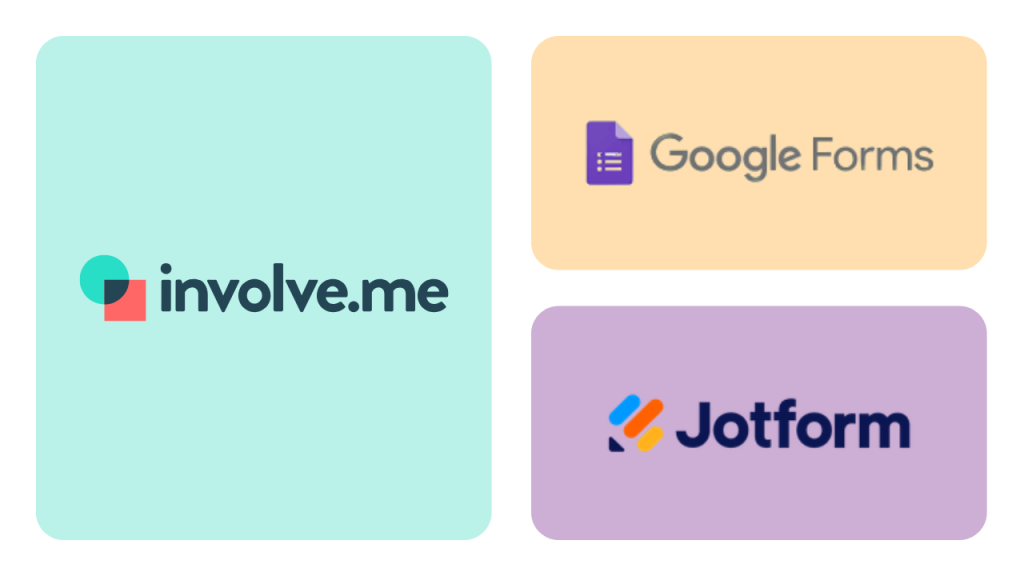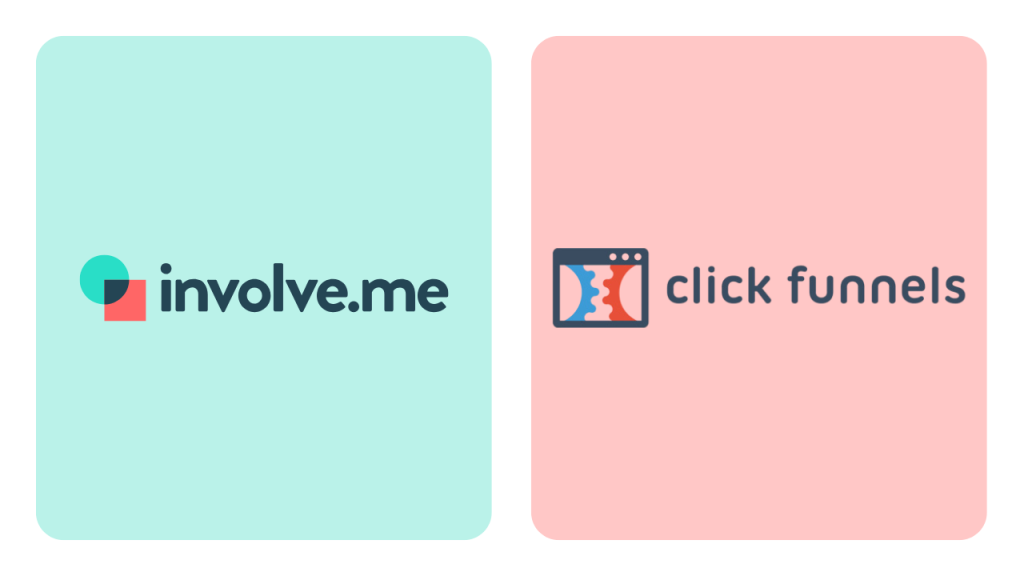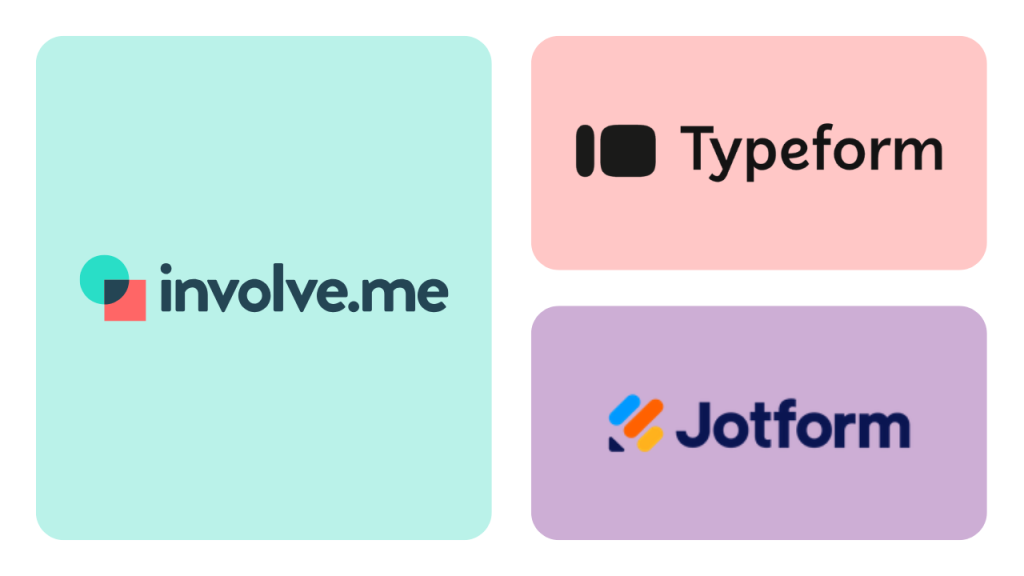Congratulations, you made awesome content! It looks great, the client loves it, it’s on brand and it’s live. Now what?
I know you love your content, but, unfortunately, that’s not a good indicator of whether it was worth your time. Content that’s actually worth your time is content your audience loves. Because we live in a ✨society✨. And you’re trying to make money.
So how do you know what content to invest in? What landing page is making you the most money? What form design is holding your campaigns back?
Today I’m going to take you through involve.me’s built in analytics and point out what metrics to pay extra attention to. Because there’s a lot of metrics, involve.me tracks EVERYTHING.
There are 3 ways to look at your analytics:
Organization level analytics
Project level analytics
Cross project level analytics
Organization level analytics show you the overall performance of everything you made. All your forms, quizzes, landing pages, EVERYTHING. They are great if you want to have a quick look at your month and see growth and drastic changes compared to the previous month.
The guiding metric here is the completion rate. It shows you how many people who viewed your content made it to the final page and answered all your questions. It’s a very important number, so if you only have time to look at one thing, that’s the thing you should be looking at.
Project level analytics show you the same key metrics, but there is also a lot of additional data that goes more in depth, because project level analytics is for one project only: one specific form, one specific landing page, one specific thing you make. So if you make a lead generation quiz (tutorial linked below) and you want to know all the specifics of how that one quiz is performing, what answers people pick more frequently, this is where you check.
Click on the project, on the little drop down arrow in the corner and select “Analytics”.
If you scroll down the Summary tab, you have things like:
Outcome results distribution. This will tell you what page people end on most and least frequently.
Response summary. Here is where you can see what answers are most popular.
This is perfect for surveys or understanding your audience at a scale.
In the Detailed Metrics tab you can see a conversion funnel. It goes from
how many people visit your project,
how many people started interacting with your project,
how many people create any type of data submission like answering a question for example,
how many people complete a submission, which means they made it to the final page of your project.
AND how many leads you’ve collected.
The funnel is color-coded by device type and you can get more insights into what devices are used to view your projects here.
You can also see what country your audience is from.
Which embeds are getting the most engagement, if you embedded the project on more than one website URL.
And funnels for each individual question, which help you figure out where exactly people drop off and fix it.
Responses let you look at each individual response.
Here is also where you can find partial submissions and choose whether you’d like to reveal them. Partial submissions are a type of submission when a user doesn't complete the project, they close the tab before making it to the final page, but they do leave some information behind. Whether you’d like to reveal this information and count it into your submission limit is up to you.
If you just want to quickly get your leads, Personal Data is where you can find them. It has everything you have included in the Contact Details drag & drop element in your content. Clicking the eye icon will show you the detailed responses of the selected lead.
For a quick look at your payment details, you can go to Payments and see every complete and incomplete payment. Simply tick “Paid” or “Not paid” and choose a submission to display payment details.
You can download your reports that contain all data collected (CSV only key metrics and personal data), XLS have the question data in the second sheet.
Types of Submissions
A submission is created when data is collected through a live involve.me project.
There are 4 types of submissions:
Complete Submissions
Unrevealed partial submissions
Revealed partial submissions
Expired submissions
A complete submission is created every time somebody makes it to the final page of your project.
With a complete submission, you can be sure that all the required information that you asked for in your project has been filled in.
Only complete submissions count towards your monthly submission limit.
Unless, you manually choose to reveal a partial submission. Partial submissions are created when somebody fills in some information, but not all. They abandon the project before they make it to the final page. They may or may not have left their contact information behind.
Revealed partial submissions do count towards your monthly submission limit.
Expired submissions are partial submissions you did not reveal within 30 days. They disappear completely after 45 days, when we safely delete them. This is due to GDPR and data protection laws and regulations.
Partial Submissions
Partial submissions are a type of submissions you can collect with involve.me
They are created when somebody fills in some information, but not all. They click off before they make it to the final page. They may or may not have left their contact information behind.
There are 3 types of partial submissions:
Unrevealed partial submissions marked by an orange icon
Revealed partial submissions marked by a yellow icon
Expired partial submissions marked by a grey icon
Unrevealed is the default setting for partial submissions. You can choose to reveal them one by one or in bulk for the whole project.
Once you reveal a partial submission, it behaves like a completed submission. You can export it and view its submission details.
This is why revealed partial submissions count towards your monthly submission limit.
Expired submissions are partial submissions you did not reveal within 30 days. They disappear completely after 45 days, when we safely delete them. This is due to GDPR and data protection laws and regulations.
Always keep GDPR and data protection laws and regulations when working with partial submissions.
If you’re based outside of the EU and are not concerned about the GDPR, you can choose not to accept submissions from within the EU. You can do that in project settings like this. (show them ticking the box in project settings).




